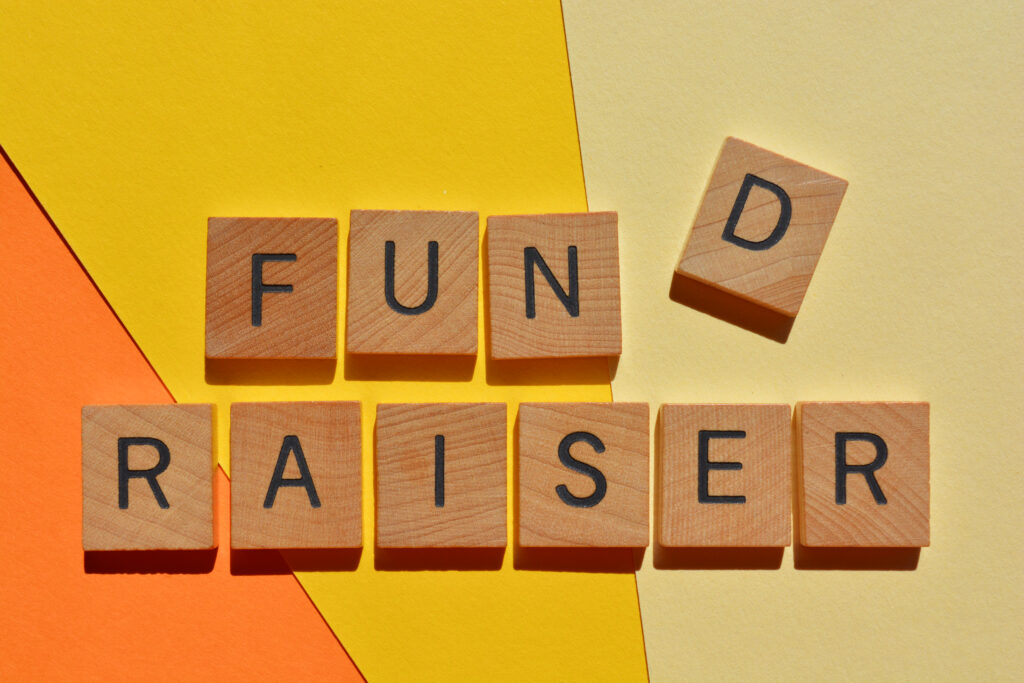In 2025, Duchenne Muscular Dystrophy (DMD) continues to be one of the most challenging rare genetic disorders, affecting nearly 1 in every 3,500-6,000 live male births and 1 in 50 million live female births. This progressive condition weakens the muscles used for movement, breathing, and even heart function over time. While there is still no complete cure for DMD yet, Duchenne Muscular Dystrophy treatment 2025 advances in gene therapy, exon-skipping treatments, and clinical trials are creating new hope for families. These breakthroughs are focused on slowing muscle damage, improving quality of life, and helping patients live longer and more independently.

For families in India, understanding these treatment updates and how to access them, whether through hospitals, research programs, or medical crowdfunding platforms like ImpactGuru, can make a life-changing difference.
Table of Contents
- What is DMD?
- Latest Breakthroughs in Duchenne Muscular Dystrophy (DMD) Treatment 2025
- Global Research Highlights – DMD Treatment Updates 2025
- Why These Updates Matter for Indian Families?
- Cost of Duchenne Muscular Dystrophy Treatment in India
- How Crowdfunding Helps Families Access DMD Treatment
- Conclusion
What is DMD?
Duchenne Muscular Dystrophy (DMD) is a genetic muscle disorder that causes muscles to weaken and break down over time. It’s caused by a mutation in the dystrophin gene, which prevents the body from making a vital protein that keeps muscles strong. Without dystrophin, muscle fibers get damaged easily and are replaced by fat and scar tissue, leading to a gradual loss of strength.
DMD mostly affects boys, with symptoms often appearing between ages 2 and 6. Parents may notice signs such as frequent falls, difficulty climbing stairs, toe walking, or enlarged calf muscles. Over time, it can also affect the heart and breathing muscles.
Although DMD cannot yet be cured, ongoing research and new treatment options in 2025, including gene therapies and advanced medications, are helping manage symptoms more effectively and offer renewed hope for DMD patients worldwide.
Click Here To know and learn more about Duchenne Muscular Dystrophy (DMD)

Latest Breakthroughs in Duchenne Muscular Dystrophy (DMD) Treatment 2025
While many breakthroughs are led by global biotech companies, Indian research institutes, biotech councils, and hospitals are also stepping up to make advanced treatments more affordable and accessible to local families.
Here’s a look at the latest Duchenne Muscular Dystrophy treatment updates in 2025, with a special focus on India.
1. ICMR’s Effort to Test Repurposed Drugs like Vorinostat
The Indian Council of Medical Research (ICMR) has recently invited proposals to test Vorinostat, a repurposed drug that may help reduce muscle inflammation and fibrosis in DMD.
Originally used in cancer treatment, Vorinostat has shown promise in improving muscle repair and cardiac protection.
If trials progress successfully, it could become one of the first affordable DMD treatment options developed in India, offering hope to families who cannot afford imported gene therapies.
2. BIRAC–Miltenyi Collaboration to Build India’s Gene Therapy Ecosystem
In 2025, BIRAC (Biotechnology Industry Research Assistance Council) signed a major partnership with Miltenyi Biotec India to strengthen India’s capabilities in cell and gene therapy manufacturing.
This collaboration focuses on training Indian researchers, setting up production facilities, and supporting clinical research for rare diseases like DMD.
It’s a big step toward developing home-grown gene therapy for DMD, potentially cutting treatment costs by over 70% in the coming years.
3. IIT Jodhpur, AIIMS, & DART’s Joint DMD Research
Launched in 2022, the collaborative research initiative between IIT Jodhpur, AIIMS Jodhpur, and the Dystrophy Annihilation Research Trust (DART) continues to make progress through 2025.
The project aims to create cost-effective genetic therapies and diagnostic tools specifically designed for Indian patients.
DART has been one of India’s most active organizations working on Duchenne Muscular Dystrophy new therapies, and their research focuses on finding locally viable alternatives to expensive international drugs.
4. Emerging Cell Therapy Trials in Indian Hospitals
Hospitals like NeuroGen Brain and Spine Institute, Mumbai, are conducting studies using bone marrow-derived stem cell therapy to improve muscle strength and function in DMD patients.
Although these are still experimental treatments, they are part of India’s growing effort to explore innovative and affordable DMD treatment options while more advanced gene therapies remain out of reach for most families.
Global Research Highlights – DMD Treatment Updates 2025
Globally, 2025 has seen several notable advances:
Del-zota: Next-Generation Exon-Skipping Therapy
- One of the biggest breakthroughs in 2025 DMD research is Del-zota, a new type of exon-skipping therapy made for patients with a specific gene mutation (exon 44).
Early trials have shown up to a 25% increase in dystrophin levels, along with clear improvements in muscle strength and walking ability. - Unlike older exon-skipping drugs, Del-zota uses a new AOC (antibody-oligonucleotide conjugate) delivery system, which helps the treatment reach both skeletal and heart muscles more effectively. With FDA review expected later in 2025, Del-zota could become a breakthrough in DMD care, and once adapted for India, it may make advanced treatment more accessible to local patients.
DYNE-251: Closer to Natural Dystrophin Production
- Another breakthrough in DMD research is DYNE-251, developed by Dyne Therapeutics. This advanced therapy helps the body produce near full-length dystrophin, the crucial protein missing in DMD, making it a big step forward compared to older treatments.
- It has received Breakthrough Therapy designation from the U.S. FDA for showing strong improvements in muscle strength and endurance during trials. Once approved, DYNE-251 could become part of global DMD care — and with India’s growing focus on exon-skipping research, local trials or access programs may follow soon.
Givinostat (Duvyzat): Targeting Inflammation and Fibrosis
- Beyond targeting genetic causes, Givinostat, marketed in Europe as Duvyzat, focuses on reducing muscle inflammation and fibrosis, two major factors that speed up muscle damage in DMD. It works as an HDAC inhibitor, helping protect and preserve muscle fibers, which can slow down disease progression and maintain strength longer.
- In April 2025, European regulators gave conditional approval for Givinostat as a DMD treatment. Once reviewed for Indian patients, it could be used alongside gene or exon-skipping therapies to provide a more complete and effective treatment approach for DMD in India.
Elevidys: The First Approved Gene Therapy for DMD
- Elevidys (delandistrogene moxeparvovec), the world’s first approved gene therapy for DMD, continues to draw global attention in 2025. Developed by Sarepta Therapeutics, this single-dose treatment works by delivering a micro-dystrophin gene directly into muscle cells, helping the body restore part of the missing protein needed for muscle strength and function.
These global breakthroughs set the foundation for treatments that may soon reach India, once approved and adapted for local use.
Why These Updates Matter for Indian Families?
Until recently, most advanced DMD therapies, like gene therapy and exon-skipping drugs, were only available in Western countries and came with unaffordable costs, often exceeding ₹3–5 crore per patient.
However, with India’s growing participation in clinical trials, repurposed drug research by ICMR, and infrastructure development through BIRAC’s gene therapy initiatives, the landscape is beginning to change. These advancements mean that future DMD treatments could be more affordable, locally available, and tailored to Indian patients’ needs.
Moreover, as research partnerships expand and awareness grows, more families are turning to medical crowdfunding platforms like ImpactGuru to raise funds for treatment and travel costs, making life-changing therapies financially accessible.
In short, these updates are not just scientific milestones; they represent a future of hope, access, and empowerment for DMD patients and their loved ones in India.
Cost of Duchenne Muscular Dystrophy Treatment in India
The cost of DMD treatment in India varies widely depending on therapy type:
| Treatment Type | Estimated Cost (₹) | Note |
| Exon-Skipping Therapies | ₹ 2-3 crore per year | Ongoing treatment required |
| Gene Therapy (Elevidys or similar) | ₹ 27-29 crore (one time) | Single-dose therapy, still under trial |
| Physiotherapy & Supportive Care | ₹ 1-2 lakh per year | Includes respiratory and mobility support |
| Steroid & Drug-Based Management | ₹ 2-3 lakh per year | Slow progression, not curative |
While these costs may seem daunting, medical crowdfunding is helping many Indian families raise funds for DMD treatment without financial burden.
How Crowdfunding Helps Families Access DMD Treatment

Platforms like ImpactGuru enable parents to raise funds online for Duchenne Muscular Dystrophy treatment in India, connecting them with generous donors across the world.
Through crowdfunding, families can:
- Access expensive gene and exon-skipping therapies faster
- Cover travel and hospital expenses abroad if needed
- Gain community support and awareness for their child’s journey
ImpactGuru has already helped multiple families raise lakhs for rare disease treatments, including DMD, SMA, and other muscular disorders.
Conclusion
The pace of innovation in Duchenne Muscular Dystrophy treatment 2025 research shows that a cure may no longer be a distant dream. With gene therapy advancements, global safety frameworks, and crowdfunding access in India, patients now have more reasons to hope. Each scientific step forward brings us closer to stronger muscles, brighter smiles, and longer lives for children living with DMD.
If you or someone you know needs financial support for DMD treatment, you can start a fundraiser on ImpactGuru today, because every contribution brings one more child closer to recovery and independence.
DMD is a genetic disorder that causes progressive muscle weakness due to a lack of dystrophin protein. It mainly affects boys and gradually impacts mobility, heart, and lung function.
There’s no complete cure yet, but advanced gene and exon-skipping therapies show promising results. These treatments aim to slow disease progression and improve muscle strength.
Key updates include Elevidys gene therapy, Givinostat (Duvyzat), and next-gen exon-skipping drugs.
These therapies offer better dystrophin production and muscle repair potential.
India is expanding clinical trials and gene therapy infrastructure for easier treatment access.
This progress may lower costs and reduce the need for families to seek care abroad.
Basic care can cost ₹1–2 lakh annually, while exon-skipping therapies reach ₹2–3 crore per year.
Gene therapy remains the most expensive, costing around ₹27–29 crore for a single dose.
Platforms like ImpactGuru let families raise funds online for costly gene and exon therapies.
Crowdfunding also supports travel, medical, and hospital expenses during treatment.












